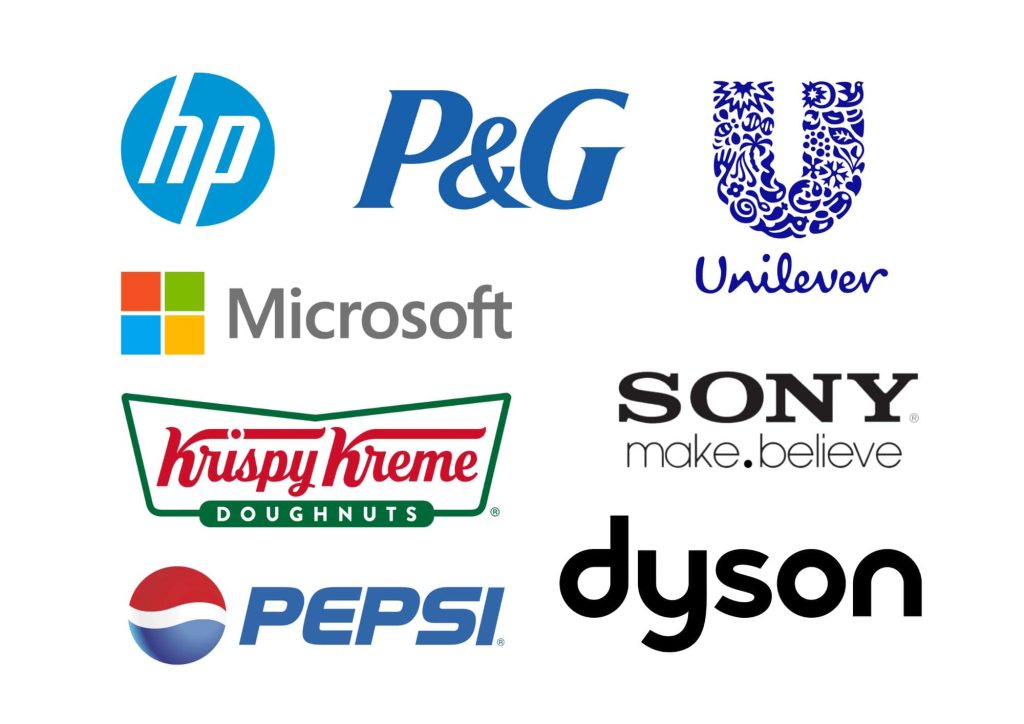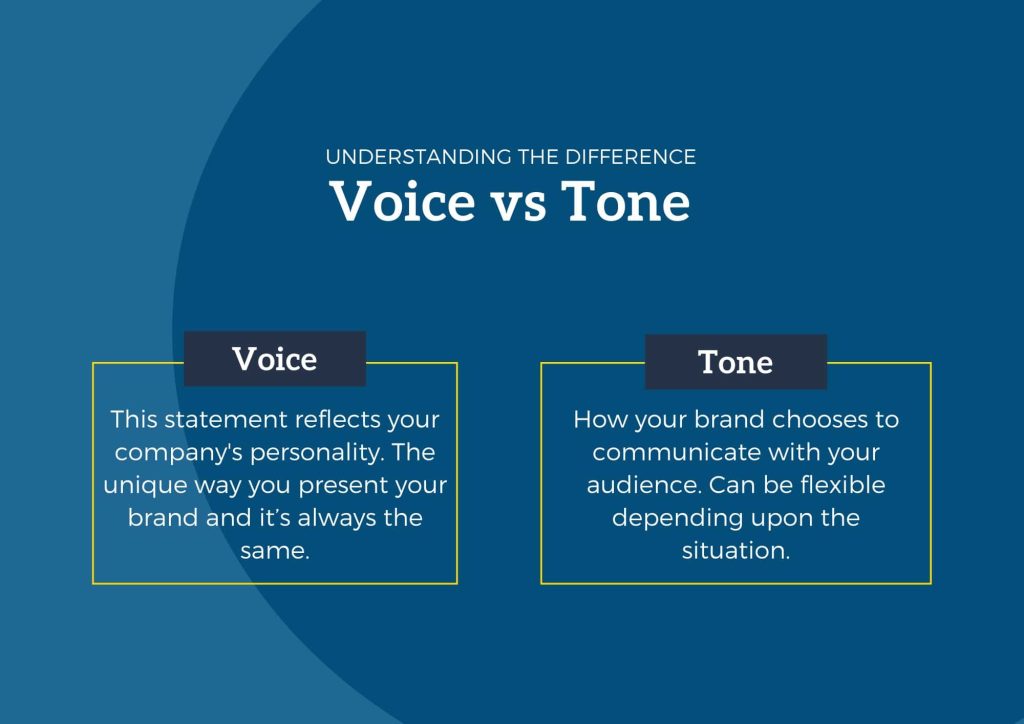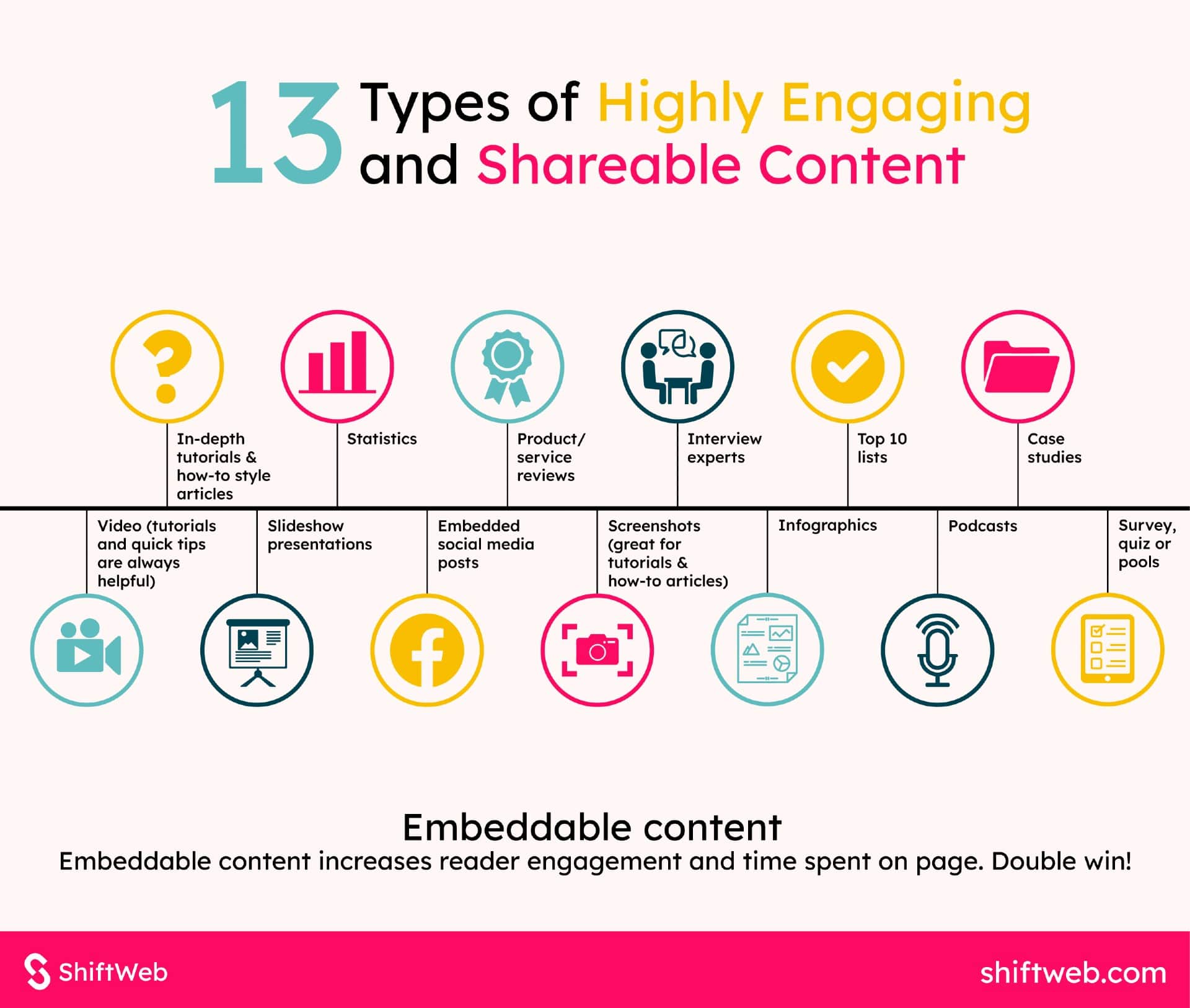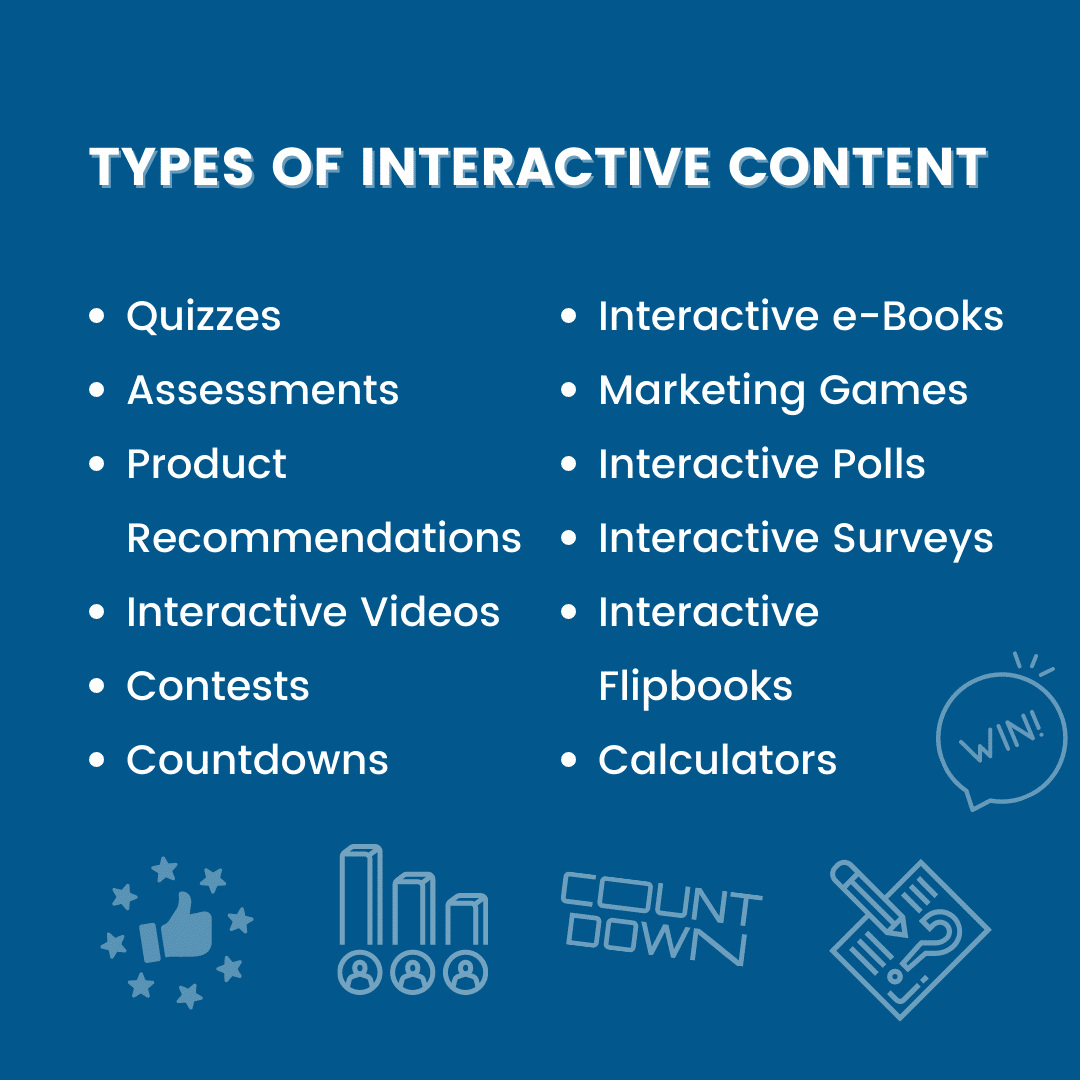Do you want your business to be remembered? Of course, you do! And standing out is the key.
Yet, it’s not always easy to create a branding strategy that’s both unique and effective, especially in today’s competitive landscape – is it? While it’s certainly no easy task, it’s not impossible. You must keep pushing to differentiate yourself from the rest, and we’re here to help.
In this article, we’ll share 8 simple steps for making your branding stand out. And trust us, following these tips will make a big difference in how your company is perceived by customers and competitors alike.
1. Know Your Target Audience
It’s impossible to create a branding strategy that resonates with your target audience if you don’t know who they are. So before you do anything else, take the time to understand your target market – their age, gender, interests, and more.
Once you have a good understanding of your target audience, you can start to tailor your branding strategy accordingly. Keep their needs and wants in mind when creating your logo, color palette, website design, and more.
For instance, you wouldn’t want to create a trendy, fashion-forward logo if your target audience is middle-aged soccer moms. It just wouldn’t make sense. Similarly, you wouldn’t want to create a conservative logo if your target market is young hipsters.
Knowing your target audience is key, so make sure you spend the time to understand them well.
2. Make Your Brand Name, Logo, and Tagline Unique
For your branding to really stand out, it needs to be memorable yet aligned with your company’s values and purpose. The best ways to achieve this are through a unique brand name, logo, and tagline.
Your brand name is what your customers will remember you by, so it’s important to choose something catchy and easy to remember. Don’t be afraid to be creative and think outside the box. 
Your logo is equally important, as it’ll be the visual representation of your brand. Again, be creative and make sure it’s aligned with your company’s values. For instance, if you’re a tech company, you might want to use a sleek and modern logo design instead of something cutesy and cartoonish.
And finally, your tagline is the one sentence that sums up your brand in a nutshell. It should be memorable and make people want to learn more about your company. Think about how brands like Nike, Apple, and L’Oreal have used their taglines to great effect.
3. Create a Consistent Visual Identity
One of the most important aspects of branding is consistency. You need to ensure that all aspects of your brand – from your logo to your website design to your social media posts – are aligned and consistent. This will make your branding more cohesive and memorable.
There’s nothing more frustrating than visiting a company’s website and not being able to easily identify it due to inconsistent branding. So make sure your visual identity is cohesive and consistent across all channels.
If it helps, create a style guide that outlines your logo usage, color palette, fonts, and more. This will help ensure everyone who works on your marketing materials is using them in a way that’s consistent with your brand identity. You could even share it when hiring new employees or outsourcing work to third-party contractors.
4. Define Your Brand Voice
Along with having a consistent visual identity, it’s important to have a consistent brand voice. This means your company’s messaging and tone should be the same across all channels, whether you’re writing a blog post, tweeting, or making a video.
Your brand voice should be friendly, approachable, and human. It should make people feel like they’re talking to a friend, not a corporate spokesperson. So be sure to use everyday language and avoid sounding too formal or stuffy.
Then, when it comes to tone, be sure to stay consistent. You don’t want to sound happy and peppy in one post and serious and somber in another. The tone of your content should match the overall tone of your brand.
Like the concept of a style guide, you could create a voice and tone guide that outlines your brand’s messaging and how you want it to be conveyed. This will help ensure everyone who works on your content is using the same tone and messaging, no matter what channel they’re writing for or who is posting it.
5. Make Sure Your Website Is Up to Par
A brand’s website is like its home. It’s the first place people visit to learn more about the company and its products/services. If the website is outdated, poorly designed, or difficult to navigate, it’ll give the brand a bad impression and likely turn people away.
Imagine if a brand’s identity was really strong, but its website was a mess. It would be like walking into a beautiful, well-decorated home only to find the walls are covered in graffiti, and the floors are stained with dirt. It’d be pretty jarring and not very inviting.
That’s why it’s important to make sure your website is up to par and equally aligned with your branding. You can’t be a tech company with a website that looks like it’s from the early 2000s. It’s just not going to work and will take away from your branding efforts and credibility.
6. Create Shareable Content
To get people interested in your brand, you need to create content worth sharing. It needs to be interesting, valuable, and relevant to your target audience. If people share your content, it’ll help introduce them to your brand and get them interested in learning more.
To create shareable content, you need to think outside the box and come up with new, different, and exciting content. You can’t just regurgitate the same old stuff that everyone else is publishing. Brainstorm content ideas and then put your unique spin on them.
Additionally, make sure your content is formatted for social media – it should be short, sweet, and to the point. People don’t want to read long articles, so break down your content into easily digestible chunks.
7. Engage With Your Audience
Most well-known brands out there have one thing in common: they’re great at engaging with their audience. They’re always listening to what people are saying and engaging in conversations. In other words, they always provide a top-notch customer service experience.
If you want your branding efforts to succeed, you need to do the same thing. Be sure to monitor your social media channels and respond to comments and questions. Show that you’re listening and that you care about your audience.
Additionally, you can create content specifically for engaging with your audience. This could be things like quizzes, polls, or asking for feedback. User-generated content is also a great way to get people engaged – ask your audience to share their own content, whether photos, videos, or even just thoughts.
Then, integrate those interactions into your overall branding strategy. Use them as part of your social media content, website, and marketing materials. For example, showcase the best interactions on your website or in an email newsletter. This will help people feel more connected to your brand and help you build a community around it.
8. Stay Consistent
Lastly, the most important thing to remember when branding your business is to be consistent. Many businesses make the mistake of creating a strong brand identity but then never stick to it. In the beginning, they’ll abide by all the rules, but eventually, they’ll start to slack off, and the brand will start to go downhill.
This is a huge mistake and can be very damaging to your business. People need to be able to trust your brand and know what to expect from it. So be sure to stick to your branding guidelines and don’t waiver from them.
Think of a brand like Coca-Cola. They’ve been around for over 100 years, and they’ve maintained a strong brand identity throughout that time. People know what to expect from Coke, and they trust the brand. When you think of Coke, you think of happiness and summertime.
Aim to make your branding just as memorable and recognizable. And most importantly, be consistent with it. Don’t give out mixed signals to your audience, whether in terms of content, design, or message.
You Can Be the Next Big Brand!
Branding is one of the most important aspects of any business, yet it can also be one of the most difficult to get right. Following these eight steps will help you build a strong and successful brand for your business. It won’t be easy, but you can be the next big thing if you’re willing to put in the effort. So get started today with us today and see how your brand can stand out from the rest.








